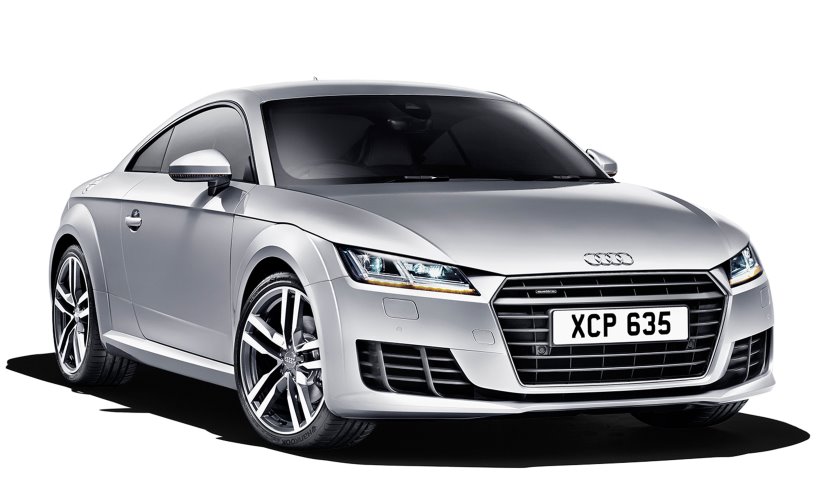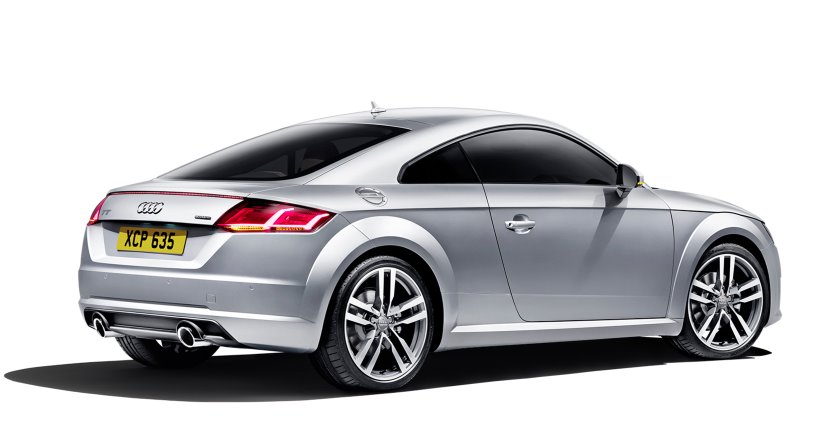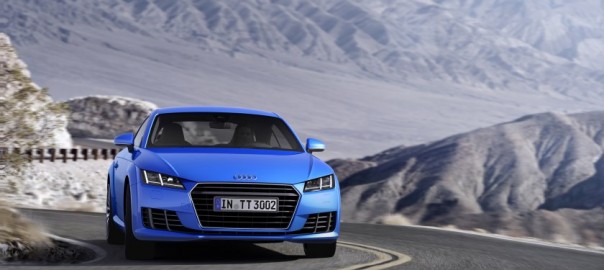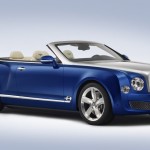

Audi’s third-generation TT, which goes on sale later this year, is greener and lighter than its predecessor, something which Lucire readers will applaud.
The iconic sports’ car, which came on the scene in 1998 with its Bauhaus, geometric looks, carving its own niche, continues similar themes for 2014, but looks sleeker, with Audi’s hexagonal grille, and wider. However, it is virtually the same length as the outgoing model, while having a 37 mm longer wheelbase.
The body is stiffer by 25 per cent and the centre of gravity lower by 10 mm, aiding handling. Power is up 14 per cent, while greenhouse gas emissions are down 11 per cent. The monocoque shell is a mixture of steel and aluminium, with the weight dropping by 50 kg compared with the second-generation model which Lucire tested in 2007. The weight, in fact, is only close to that of the original TT, which is no mean feat considering how much more modern cars pack, with the front-wheel-drive 2·0 TFSI model tipping the scales at 1,230 kg. By comparison, a 1998 1·8 front-wheel-drive TT weighed 1,240 kg.
Audi has also reduced the whole-life impact on the environment, with each car saving 5·5 tonnes of greenhouse gas (not just carbon dioxide, but methane, nitrous oxide and halogenated organic emissions) in its lifetime. The construction sees a saving of 800 kg of greenhouse gas emissions (nine per cent) compared to the earlier model.
UK deliveries commence in December 2014.












Leave a Reply